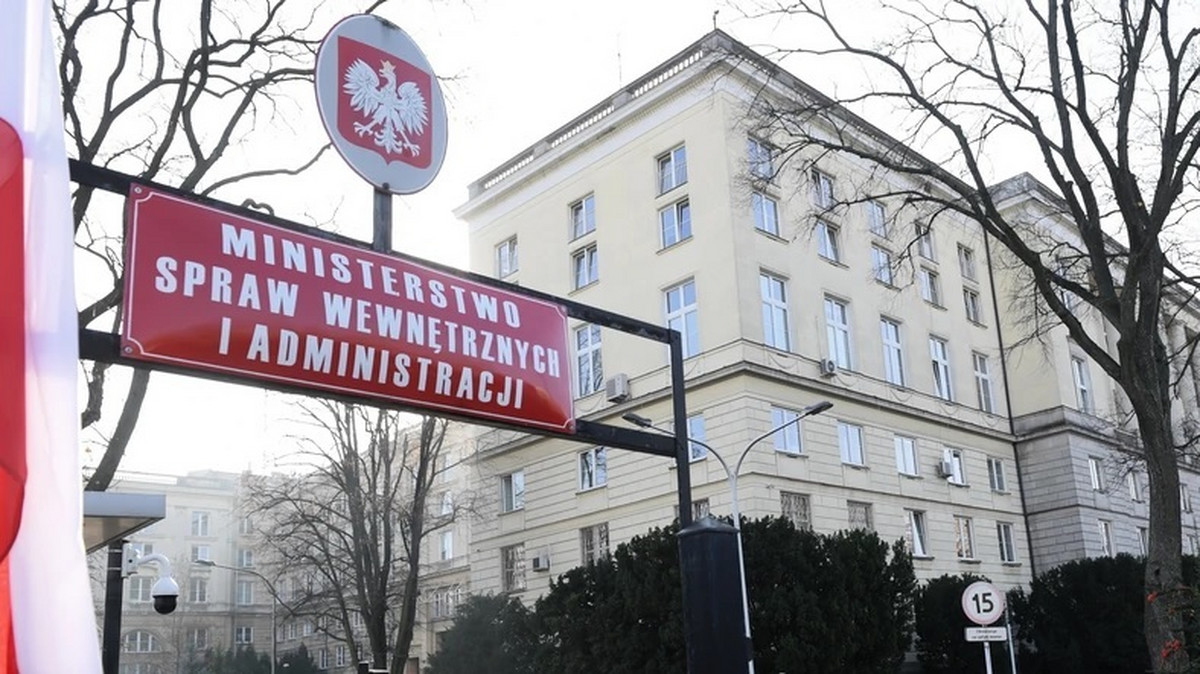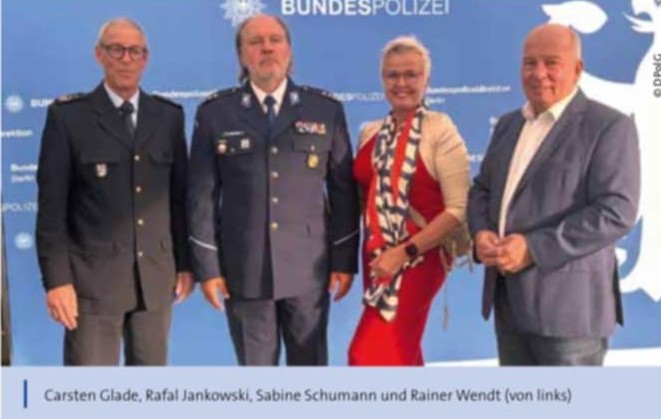
GURUGRAM— Air India Express (IX), the low-cost subsidiary of Air India (AI), continues to scale its operations as its fleet expands. While the airline is reinforcing hubs at metro cities such as Hyderabad (HYD) and Bengaluru (BLR), its reach into Tier-2 and Tier-3 markets remains relatively modest.
A schedule review by an aviation analyst, Ravreet Singh, for the week of 11–18 August 2025 shows IX operating 42 non-metro routes across 21 city pairs with its Boeing 737 and Airbus A320 aircraft. This translated into about 302 weekly departures, offering nearly 54,961 seats—highlighting a limited footprint compared to rivals like IndiGo (6E).
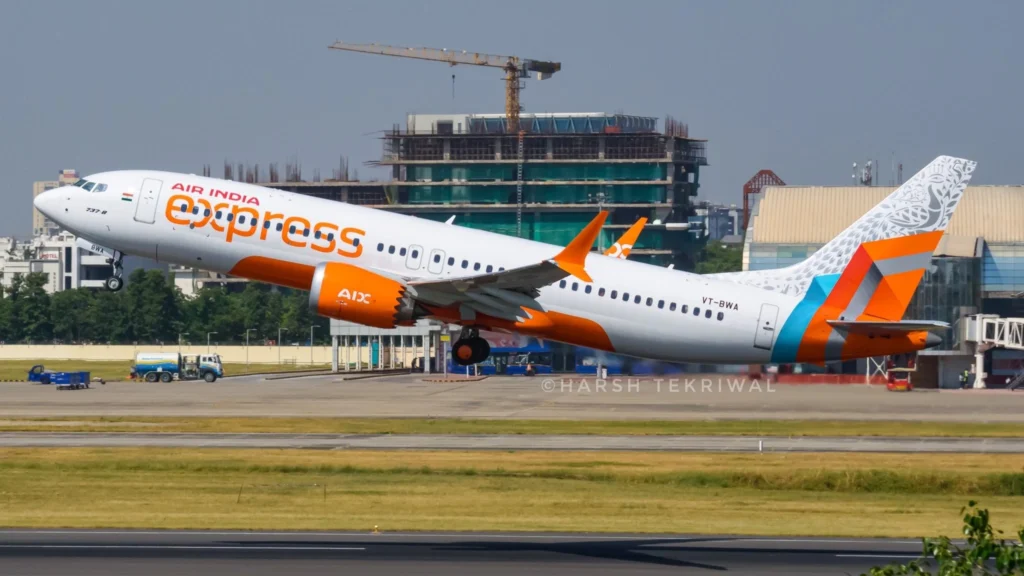 Photo: avgeekwithlens/ Harsh Tekriwal
Photo: avgeekwithlens/ Harsh TekriwalAir India Express Non-Metro Routes
The gap between Air India Express and IndiGo in the non-metro segment is significant. During 14–21 July 2025, IndiGo (6E) scheduled around 157 non-metro routes (78 city-pairs), supported by 1,091 weekly departures and roughly 212,400 seats with its A320/A321 fleet.
Looking deeper, IX’s average non-metro stage length was 768 km, while IndiGo averaged 893 km on similar aircraft. Despite this difference, both carriers recorded nearly identical block times at 1 hour 39 minutes.
In terms of frequency, IX’s non-metro network leaned toward minimal daily coverage. Only one city-pair exceeded 14 weekly frequencies. Two city-pairs operated between 8 and 13 times a week, while 14 city-pairs were flown exactly 7 times a week. The remaining four were served less than daily.
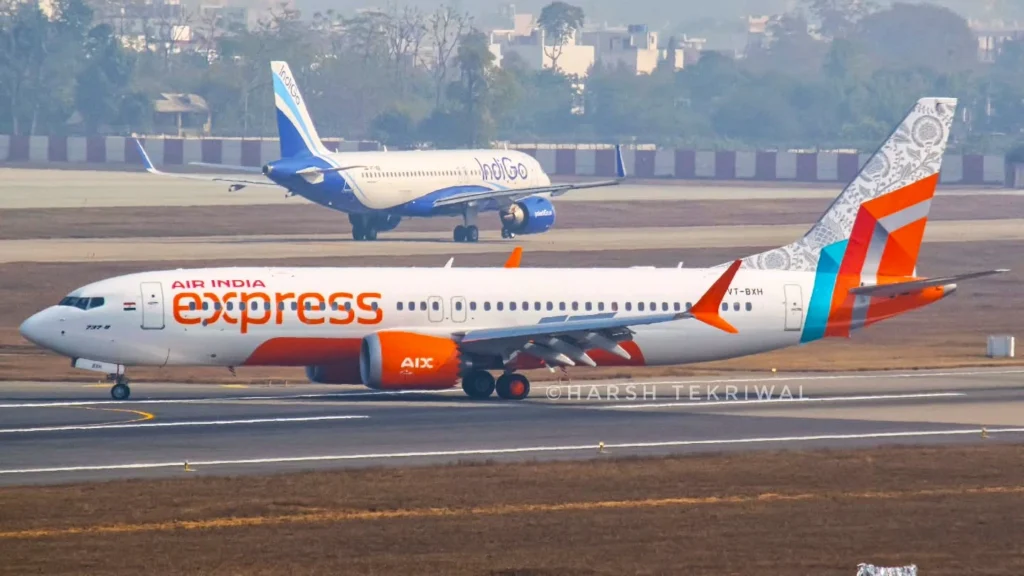 Photo: Photo: avgeekwithlens/ Harsh Tekriwal
Photo: Photo: avgeekwithlens/ Harsh TekriwalRoute Obligations and Monopolies
Ravreet noted that over half of IX’s non-metro city-pairs—10 out of 21—fell under CAT-II/IIA obligations, which ensure connectivity to smaller cities. On 11 of these routes, IX was the sole operator, highlighting its monopoly advantage in select markets.
Among non-metro hubs, Guwahati (GAU) led with six routes and 54 weekly departures. Pune (PNQ) followed with four routes and 29 weekly services, while Bhubaneswar (BBI) ranked third with five routes and 28 weekly services.
Air India’s full-service arm had an even smaller role in this segment. The carrier operated just eight routes (four city-pairs), offering 28 weekly departures and around 4,600 seats. Among these, only one pair—Ahmedabad (AMD) to Goa (GOX)—was served daily. The rest were tied to CAT-II/IIA obligations, indicating a compliance-driven rather than growth-oriented presence.
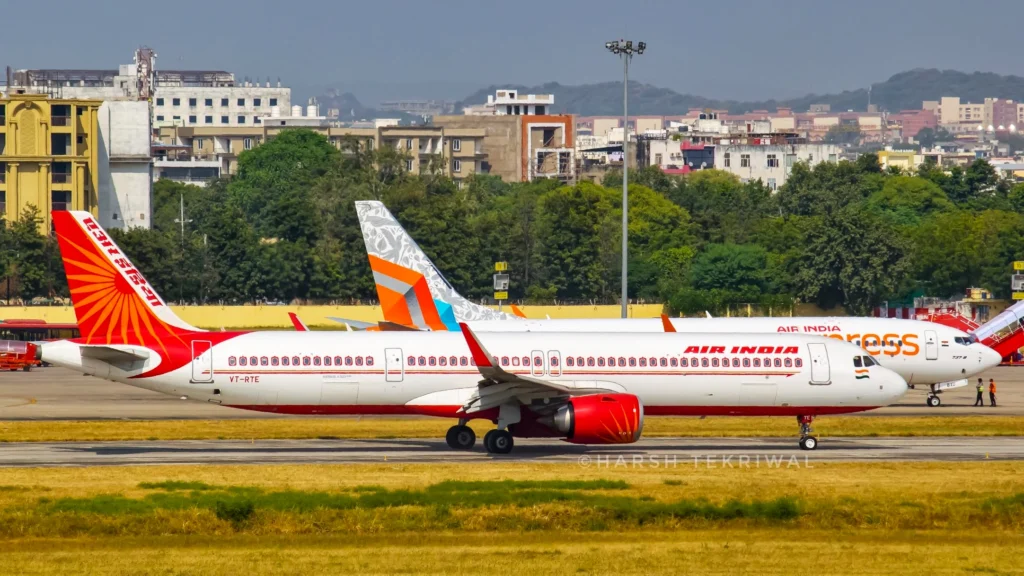 Photo: avgeekwithlens/ Harsh Tekriwal
Photo: avgeekwithlens/ Harsh TekriwalStrategic Direction of Air India Group
Air India (AI) is consolidating its growth at Delhi (DEL) and Mumbai (BOM), building a hub-and-spoke model focused on international connectivity.
In contrast, Air India Express (IX) is positioning Hyderabad (HYD) and Bengaluru (BLR) as secondary hubs to connect South India with the rest of the country.
What’s evident is that Air India Group’s focus on Tier-2 to Tier-3 connectivity remains limited, especially when compared with IndiGo’s expansive footprint. Even for IndiGo, however, 38% of non-metro routes operate less than daily, underscoring the still-developing demand in these markets.
The strategic question is whether Air India Express will eventually commit to deeper expansion across non-metro markets or continue consolidating its metro-focused strategy, leaving IndiGo to dominate the segment.
Stay tuned with us. Further, follow us on social media for the latest updates.
Join us on Telegram Group for the Latest Aviation Updates. Subsequently, follow us on Google News
IndiGo Expanding Non-Metro Routes Amid Competition Challenges
The post Air India Group Non-Metro Flight Routes Analysis 2025 appeared first on Aviation A2Z.












